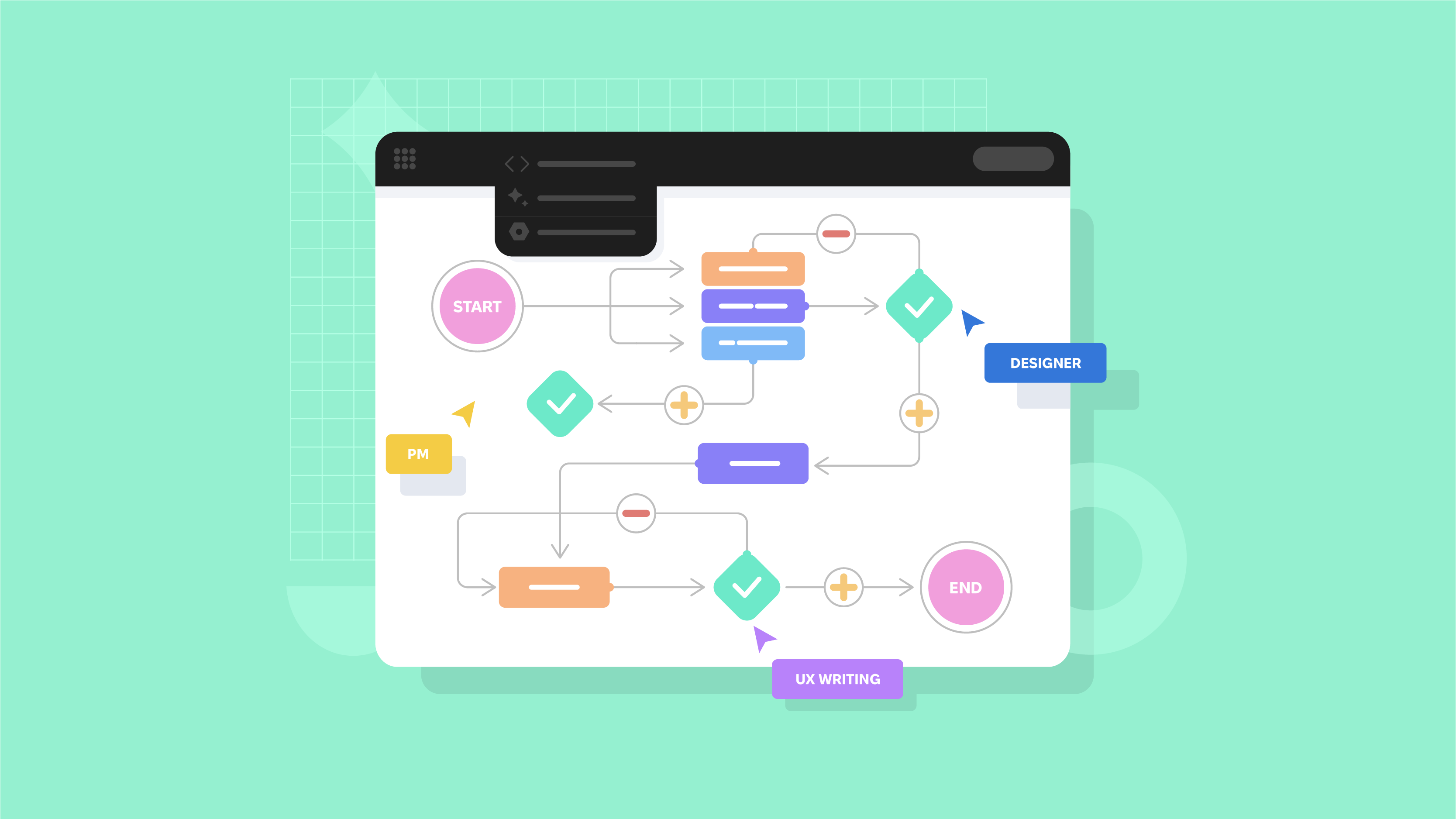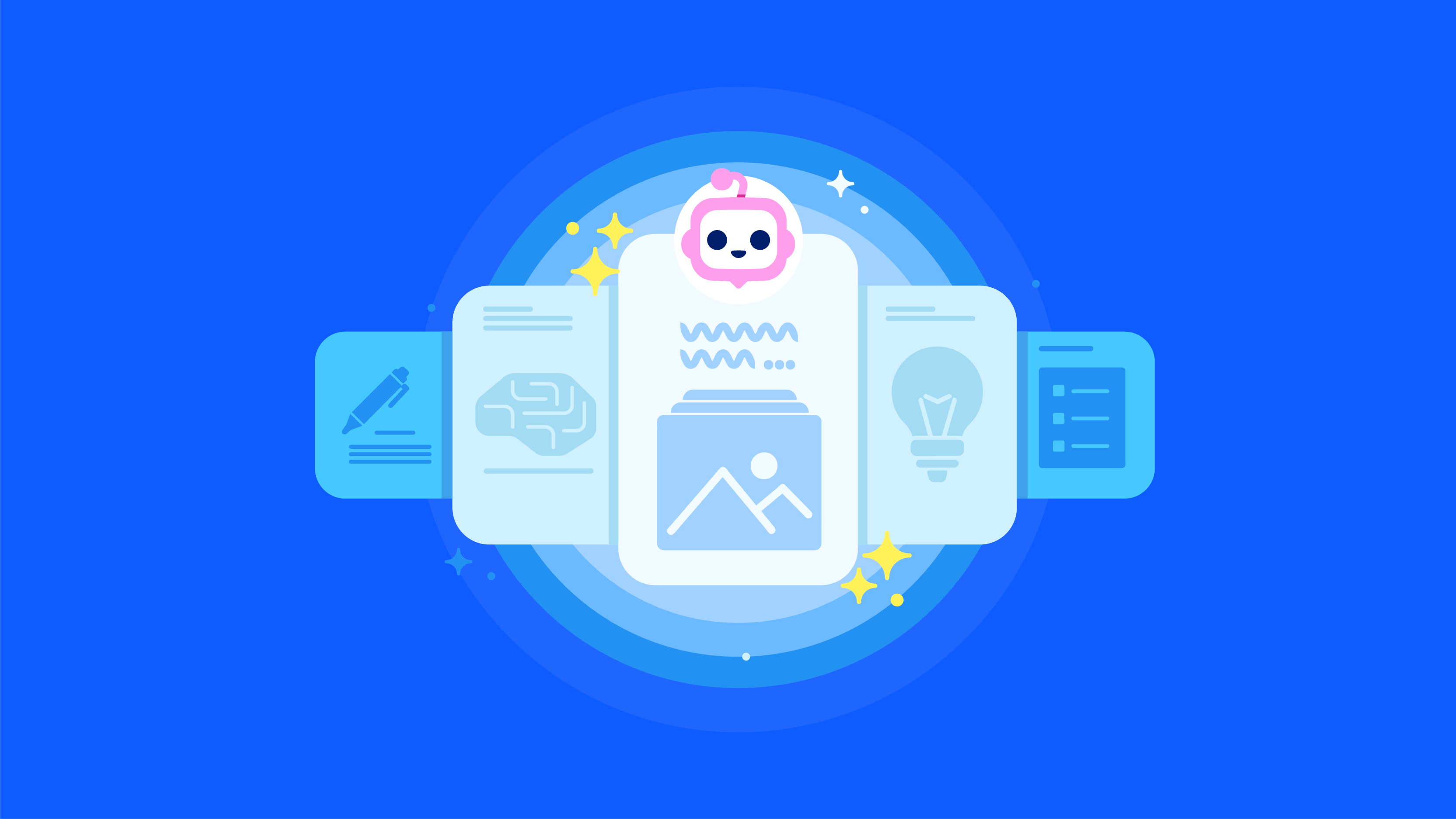The truth is that you’re using open-source projects without even realizing it because open-source apps are all around us. So, let’s dive into the world of open source and find its benefits for your project.
Open Source development: General Information and Statements
In the late 1990s, The Open Source Initiative (OSI) firstly introduced the term “open source.” Open-source software development was written by developers and for developers. What is open-source development? Open source itself is a process of public project sharing for others to use.
People are free to use, study, modify, and redistribute the assets of a specific project, depending on the license. The project is released to the community free of charge for others to use.
Open-source software is usually a product with free source code. Developers can study and change the program’s performance, add some features, and fix bugs.
By contrast, there is proprietary software or “closed-source software.” The usage of such source code can be inspected or altered only by its owners. Some examples of proprietary software include several products of Microsoft, Adobe, or Apple.
Types of Open-source Projects
There are 5 categories of open-source projects:
Solo. Solo projects have only 1 or 2 developers responsible for 100% of the code, decisions, and support of the project;
Monarchist. In this type of open-source projects, all decisions are made by the project lead and subordinates whom he/she appoints;
Community. Community projects have a significant number of contributors who run the project as peers;
Corporate. Such projects contain code open-sourced by a private company but not completely alienated from them;
Foundation. All decisions are made formally by the necessities of the corporate structure. Such projects are typical for large companies that use the formal structure to protect their mutual interests.
Generally, solo projects are very informal with little bureaucracy, whereas Corporate and Foundation projects often have written requirements with specific internal politics. Also, open-source projects tend to move “up” but not “down”: a Community project might become a Foundation but is unlikely to become Monarchist.
Things to Consider When Using Open Source
While planning to use an open-source project, it’s vital to assess the project’s health. Here are some common things to look for:
The quantity of contributors this project has;
Strength of technical support;
The frequency of updates (check to see if minor bugs are being fixed every week);
Whether it has proper processes documented;
Type of license applied, and if that works for your purposes.
Despite the listed questions, it is essential to consider the option of different open sources and see how they align with your success criteria. For some companies using open-source software is a regular practice, whereas others prefer developing closed-source software. And to be sure of your choice, let’s look at the pros and cons of an open-source model.
Pros and Cons of an Open-source Software
Open-source software offers many benefits to the business sector. However, there are always 2 constant questions: Why is open source good? Why is open source bad? Hence, some advantages and drawbacks need to be considered as well.

Advantages
Strong networking community. Behind every open-source project is a community that develops, maintains, and promotes it;
Safe and reliable. Open-source software is secure because it has been peer-reviewed and checked by developers, coders, users, and testers. It means flaws and bugs are more likely to be found and fixed quickly;
No cost. Open-source software can be downloaded for free;
Wide range of options. Open-source programs support a movement that believes in software with high reliability, flexibility, and low cost.
Disadvantages
Semi-restrictive licenses. Different open-source licenses govern components and libraries. Therefore, it is crucial to know the license details;
Less freedom to change things. Users are allowed less freedom to study and make functional changes to a program;
Ownership. Open-source software products are owned or maintained by its developer/s. There’s a chance that these owners can officially “orphan” the software.
Myths About Open-source Software Development
Despite all the advantages and disadvantages the open source has, there are many misconceptions about what happens when you open up your business’ code and workflows to the public. Let’s have a look at some of them.

Myth #1. The bottom line will plummet.
It’s impossible, in case you have built a healthy ecosystem around your projects.
Myth #2. Competitors will steal your features.
Open-source code allows competitors to follow the logic of your features, but it doesn’t mean a smooth integration of these features into their work.
Myth #3. Open-source code isn’t valuable.
Even such giants as Windows, macOS, and Linux contain open-source components without any adverse effect.
Myth #4. Open source = loss of control.
Take it easy, just because you open the code for everyone doesn’t mean you’ll lose total control of it. Pick out a robust open-source license to reserve all the rights. You’re just letting other people use it, while the code is still yours.
Examples of Successful Open-source Projects
Confluent, DataBricks, HashiCorp, Kong, and Cockroach Labs are great examples of open-source companies. Whereas, there are top open-source software development projects such as Red Hat, GitHub, and MuleSoft. Other examples will be presented apart.
Mozilla Firefox. Mozilla Firefox is a customizable internet browser and free, open-source software. It offers thousands of accessible plugins for everyone to use, learn, fix, and integrate.
LibreOffice is a free and open-source office suite, a project of The Document Foundation that offers presentations, documents, spreadsheets, and databases.
GIMP is an open-source application for photo editing.
Linux is one of the most user-friendly open-source software on the market. It is most commonly used on Android devices and desktops.
Telegram messenger is an open-source project that supports reproducible builds. Anyone can independently check their code on GitHub.
Benefits of Open Source Software Development
Why is open source good for your projects? The answers are listed below.
The best practice developed over years of peer review;
Flexible and reliable;
Reduces time and money spent;
Avoids lock-in;
Stops duplication;
Increases project transparency.
Particular attention should be paid to the open-source community. Communities consist of different people with different intentions: some developers want to develop a software product based on the parts of code or project, someone wants to improve skills and get feedback from the community; someone is just curious about the functionality of complex systems. Therefore, by making your project an open-source one, you’ll get various solutions, ideas, and integrations.
Wrapping Up
Open source is a huge help in building community and widening your marketing funnel. Moreover, by making your project as an open-source one, you’ll definitely increase the quality of your code, and build valuable software.
Do it with a clear plan of what you’re trying to achieve and what you are ready to do to make it happen. It doesn’t matter what type of code the project contains. Everything should be well-designed.
Therefore, if you need a consultancy, feel free to reach us out. We can explain to you how to open source a project and support during the whole process.











